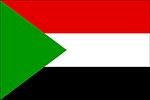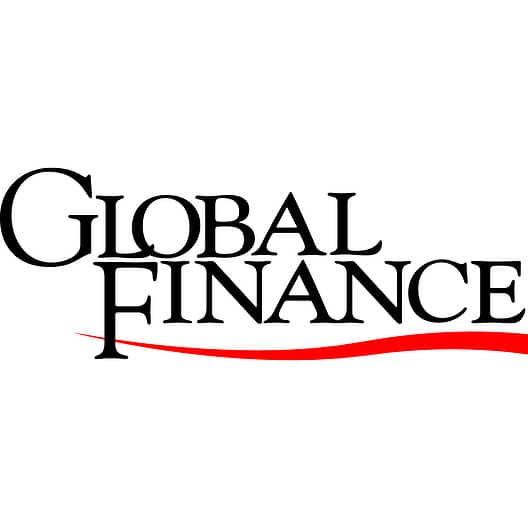Includes historical data for Sudan’s Gross Domestic Product growth, debt-to-GDP ratio and more, as well as information on trade, banking and financial sector leadership.
Post-War Instability Undermines Economic Potential
Bordering the Red Sea and strategically positioned between the Gulf States and West Africa, Sudan has faced significant internal conflict, including two civil wars and the secession of South Sudan in 2011. Today, this nation of approximately 50 million people serves as both a source and a destination or transit point for irregular migration and houses a large population of refugees and internally displaced persons.
Sudan is endowed with abundant arable land and untapped mineral resources, including gold and oil. However, attempts to develop and diversify the economy are constrained by political instability, violence, endemic corruption, and lack of investment in infrastructure. High levels of poverty, unemployment and food insecurity further complicate the nation’s socio-economic recovery efforts.
Macroeconomy & Sovereign Data
| Type of Government | Presidential republic |
|---|---|
| Capital | Khartoum |
| Sovereign Ratings |
S&P: Not rated Moody’s: Not rated Fitch: Not rated |
| Total Population | 49.1 million |
| Median Age | 18.7 |
| Adult Per Capita Income (PPP) | 6,357.32 |
| Total GDP (2023) | 26.9 billion |
Sudan GDP & Economic Overview
Most Recent Content
Sudan
Banking & Finance
Trade & Investment
| Total Exports | USD 7.3 billion (2023) |
|---|---|
| Leading Exports |
Gold Crude Petroleum Sesame Seeds Sheep Goats Cotton Ground Nuts |
| Total Imports | USD 5.9 billion (2022) |
| Leading Imports |
Raw Sugar Wheat Packaged Medicines Jewelry Tires Cars And Vehicle Parts |
| Source: | World Integrated Trade Solution |
Sudan Leading Companies
| Al-Salam Bank Sudan | Financials |
|---|---|
| Bank of Khartoum | Financials |
| Sudan National Petroleum Corporation | Integrated Oil & Gas |
| Sudan Khartoum Refinery Company | Oil & Gas Refining & Marketing |
| Sudatel Telecom Group | Telecommunication Services |
| Kenana Sugar Company | Consumer Staples, Food Products |
| Al Salam Cement Production | Materials, Building Products |
Major Trade Partners — Import
| China | 17% |
|---|---|
| Russia | 15% |
| Saudi Arabia | 10% |
| India | 8% |
| United Arab Emirates | 8% |
Source: World Integrated Trade Solution
Major Trade Partners — Export
| United Arab Emirates | 27% |
|---|---|
| China | 20% |
| Saudi Arabia | 16% |
| Egypt | 16% |
| India | 3% |
Source: World Integrated Trade Solution
Global Finance Rankings & Awards
Data Sources:
UN World Population Prospects
World Inequality Report
S&P Global Ratings
Moody’s
Fitch Ratings
IMF Direction of Trade Statistics (DOTS)
UN Conference on Trade and Development (UNCTAD)
CIA The World Factbook
World Bank’s World Integrated Trade Solution
Forbes Global 2000







